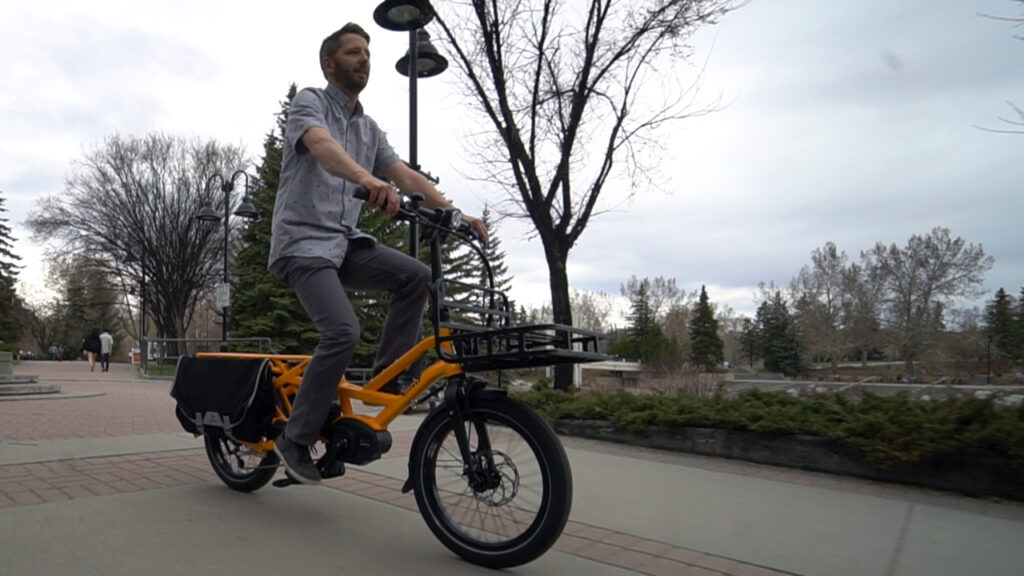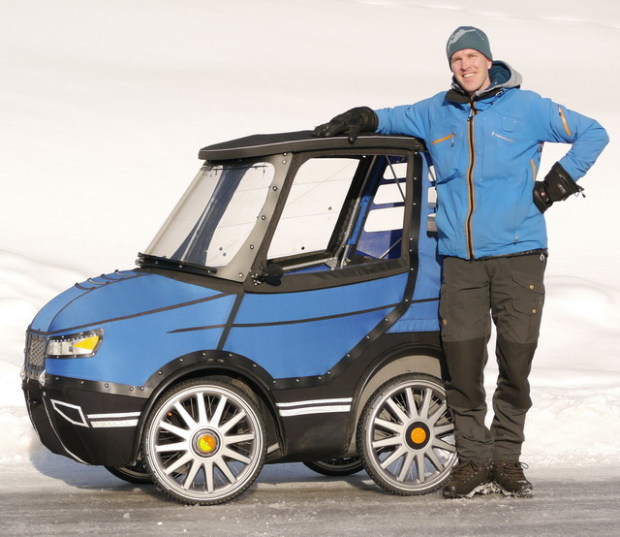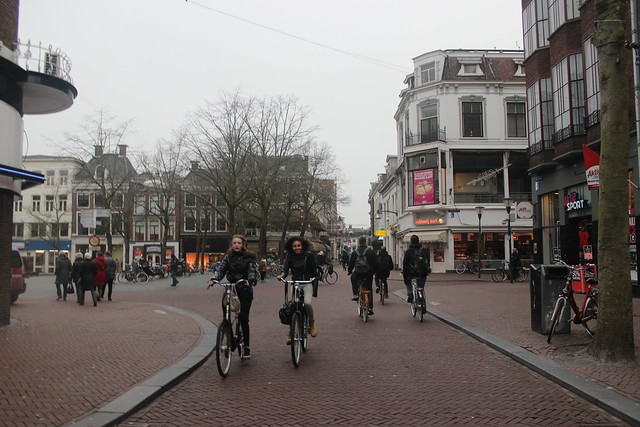Maybe it was the news that Tesla is now the largest U.S. carmaker by market cap, or maybe it has been the uncertainty around the price of oil, but there has been a flurry of futurism lately centred around looming changes to our transportation systems, specifically around autonomous electric cars.
Autonomous, electric vehicles are about to take over our lives, say prognosticators of the future, a change that has some dragging out Y2K-level hyperbole. Many of these predictions are being built on the idea of cities filled with blissfully shared roving robot-vehicles safely and orderly awaiting our smartphone hails.
Only recently, however, have those futurists started to put some thought into the impact of autonomous vehicles on our streets. A few consensuses have emerged – that driverless cars will reduce collisions, for example – but there is surprising diversity in opinion on the long-term impact on our cities.
There are plenty of Pollyanna predictions that streets will become safer, less congested places because of autonomous vehicles. But there are just as many hypothesizing that our streets are about to become a whole lot worse, particularly considering the recent troubles of the company that was once seen as the future of the city: Uber (if you missed the big New York magazine story, here’s the short version: Beyond the company being allegedly riddled with assholes, Uber has made congestion worse, not better, is still heavily subsidizing nearly every ride by as much as 60 per cent, making it barely profitable in big cities and horrifically unprofitable in small ones, thereby bringing into question the very idea that ride-sharing is the future).
No matter which side you come down on, however, one obvious thing seems to have escaped the notice of most of these predictions, even though it should be clear to anybody with a working set of eyes.
If you were to teleport to today a citizen of a decade ago into a city of today, and asked them to identify the differences in transportation, I’m willing to bet they would not mention technology, or autonomous vehicles, or smartphone apps, or even car sharing. It would be bikes.

This New Yorker said as much. The most profound change to the streets of many cities over the past decade is the prevalence of people on bikes as a practical form of transportation.
So why is this so rarely mentioned in discussions about the future of transportation? Of all the nascent transportation disruptions we’re in the midst of, question marks still litter many of them. But use of the bicycle is a proven improvement, and seems destined to keep up its breakneck growth, especially as a generation grows up with new appreciation for its practicality. Urban cycling is the most profound change to city transportation in generations, yet the allure of technology is overshadowing it.
It’s a strange omission. Yes, autonomous vehicles represent a sea change in the way we think about transportation, but swapping one type of vehicle for another doesn’t solve the fundamental problem of congestion. Nor is there any track record behind many new vanity ideas (sorry, Mr. Musk) such as boring tunnels beneath cities to facilitate even more cars. Progress is moving more people more efficiently, and there are precious few ways to do so. None of them involve adding more cars.

This isn’t a zero-sum game. There are certainly ways that autonomous vehicles can help improve the efficiency of our transportation system, but not if such thinking is done is isolation.
If you want a look at how an efficient city of the future moves people around, forget robot cars, or tunnels, or 1950’s-style car-centric road systems simply updated with new vehicles. Instead, look at Amsterdam or Copenhagen or Seville or New York or Montreal or Vancouver and the masses of people riding bikes because it’s faster, easier, healthier, more effecient, and more enjoyable than being trapped in a box, no matter how high-tech that box might be.






